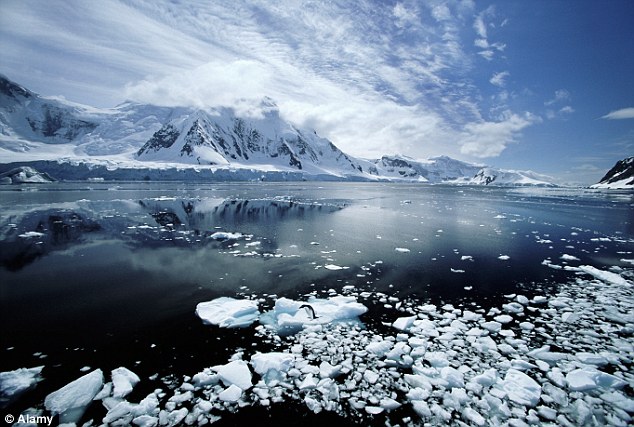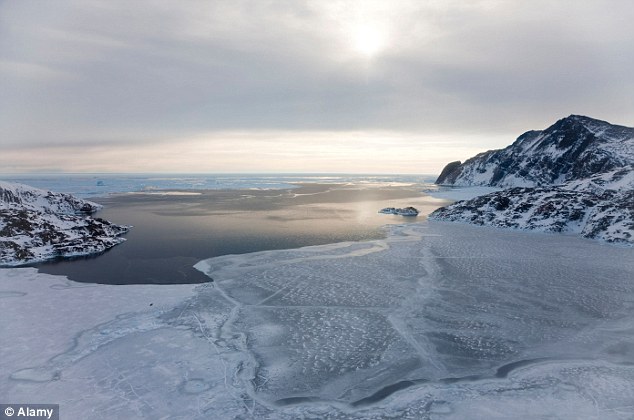Jaymi Mccann
Daily Mail
July 21, 2013
- Imperial College London researchers studied the East Antarctic ice sheet
- Melting took place repeatedly between five and three million years ago
- This may have caused sea levels to rise approximately 32 feet
- Ice sheets of West Antarctica and Greenland melted around the same time
- This may have caused sea levels to rise by a total of 65 metres
Global warming five million years ago may have caused parts of Antarctica’s large ice sheets to melt and sea levels to rise by approximately 65 feet, according to a new study.
Researchers from Imperial College London studied mud samples to learn about ancient melting of the East Antarctic ice sheet.
They discovered that melting took place repeatedly between five and three million years ago, during a geological period called Pliocene Epoch, which may have caused sea levels to rise approximately 32 feet (ten metres).
Scientists have previously known that the ice sheets of West Antarctica and Greenland partially melted around the same time. The team say that this may have caused sea levels to rise by a total of (65 metres).
The academics say understanding the glacial melting during the Pliocene Epoch may give us insights into how sea levels could rise as a consequence of current global warming.
This is because the Pliocene Epoch had carbon dioxide concentrations similar to now and global temperatures comparable to those predicted for the end of this century.
Study co-author Doctor Tina Van De Flierdt, from the Department of Earth Science and Engineering at Imperial, said: ‘The Pliocene Epoch had temperatures that were two or three degrees higher than today and similar atmospheric carbon dioxide levels to today.
‘Our study underlines that these conditions have led to a large loss of ice and significant rises in global sea level in the past.
‘Scientists predict that global temperatures of a similar level may be reached by the end of this century, so it is very important for us to understand what the possible consequences might be.’
The East Antarctic ice sheet is the largest ice mass on Earth, roughly the size of Australia. The ice sheet has fluctuated in size since its formation 34 million years ago, but scientists have previously assumed that it had stabilised around 14 million years ago.


